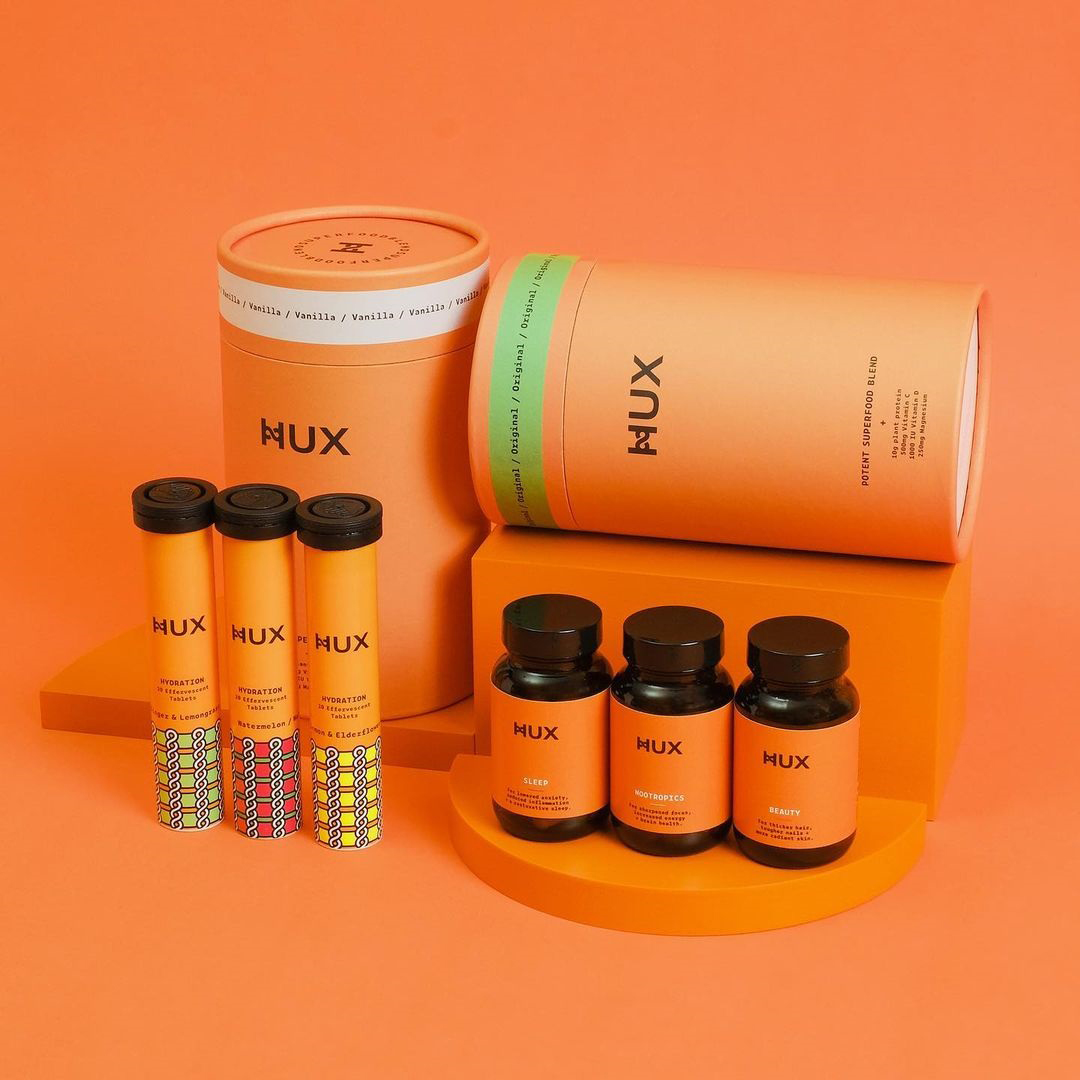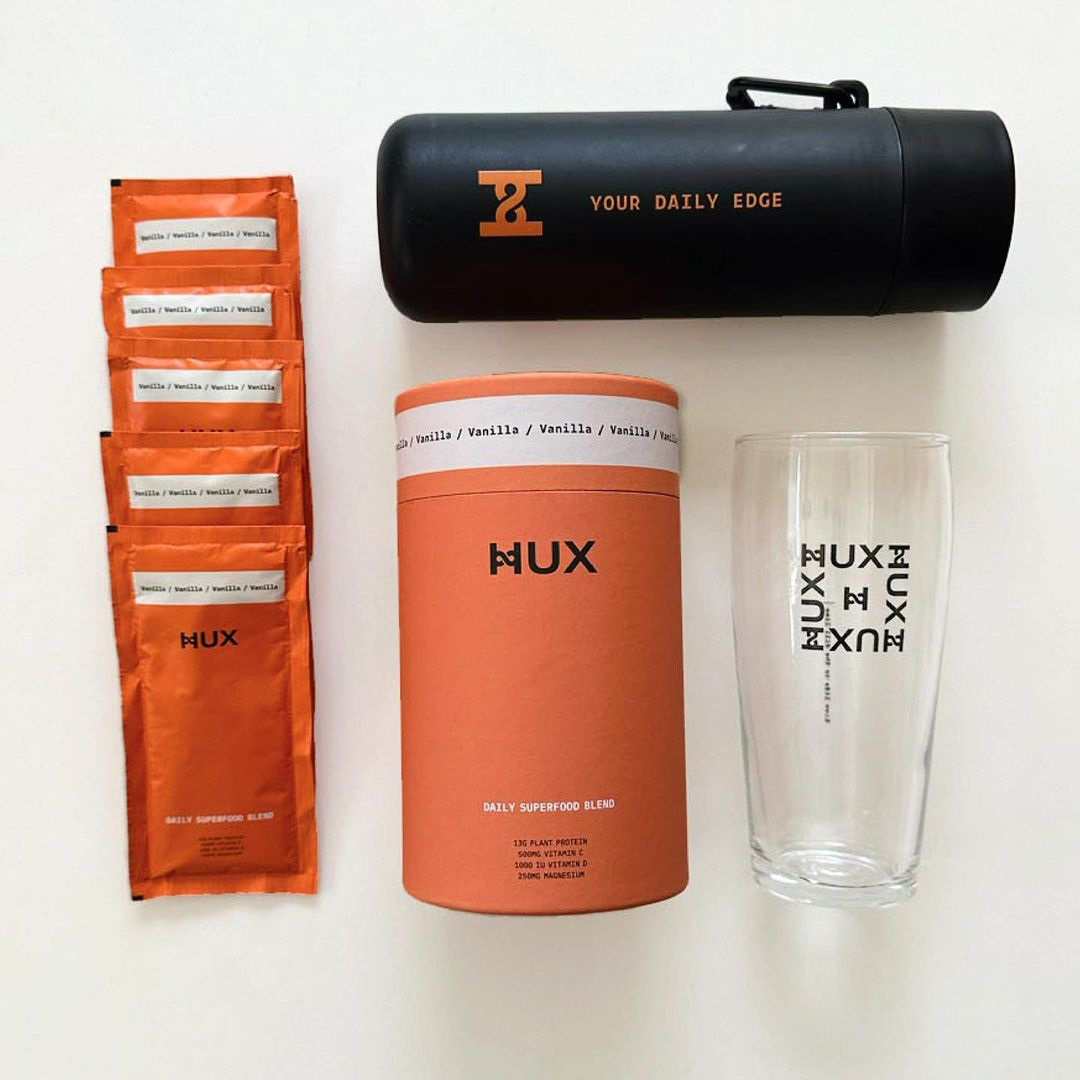4 Emerging Trends in Protein Powder Packaging
In recent years, the protein powder industry has experienced significant expansion, driven by a surge in health consciousness among consumers and a heightened demand for convenient protein sources that can be easily taken on the go.
As this market progresses, the packaging sector catering to it is also evolving. This article delves into the future trends in protein powder packaging, with a primary focus on advancements, sustainability practices, and changing consumer preferences.
1. Eco-Friendly Packaging
A predominant trend in protein powder packaging involves a notable shift towards sustainability. Consumers are increasingly mindful of the environmental impact associated with their purchases, packaging included. Consequently, brands are actively seeking eco-friendly alternatives to conventional packaging materials.
1.1 Recyclable and Biodegradable Options: Brands are exploring packaging materials like paper-based pouches, compostable plastics, and glass containers, all of which are recyclable or biodegradable. These materials serve to reduce the overall carbon footprint of packaging and resonate with environmentally-conscious consumers.
1.2 Minimized Packaging Waste: Another strategy is the reduction of packaging waste by offering bulk or refill options. This not only minimizes the amount of packaging required but also encourages consumers to reuse containers.
1.3 Sustainable Design: Packaging designs are adopting a more minimalist and resource-efficient approach to diminish material usage. Brands are integrating sustainable design elements into their packaging aesthetics.
2. Intelligent Packaging
The integration of technology into protein powder packaging is on the horizon. Intelligent or smart packaging offers several advantages, including an enhanced user experience, improved product safety measures, and increased consumer engagement.
2.1 QR Codes and NFC Tags: Packaging featuring QR codes and near-field communication (NFC) tags provides consumers with instant access to comprehensive product information, such as ingredient details, nutritional facts, and even recipes. This interactive element elevates the overall customer experience.
2.2 Tamper-Evident Features: Smart packaging can incorporate tamper-evident technologies, ensuring product safety and authenticity. Consumers can easily ascertain whether a product has been tampered with before making a purchase.
2.3 Inventory Tracking: Smart packaging facilitates real-time inventory tracking for manufacturers and retailers, optimizing supply chain management and reducing waste.
3. Personalized Packaging
Personalization is gaining momentum in the protein powder industry, with consumers seeking products tailored to their specific needs and preferences. Packaging is adapting to this trend.
3.1 Customizable Labels: Brands are now offering customizable labels, allowing consumers to add their names or design their packaging, providing a sense of uniqueness to the product.
3.2 Portion Control: The rise of single-serving and portion-controlled packaging is evident, aiding consumers in managing their protein intake conveniently.
3.3 Flavor Variety: Packaging that enables easy mixing of different flavors or protein sources is becoming increasingly popular, giving consumers the flexibility to create their own unique protein blends.
4. Innovative Dispensing Mechanisms
Innovative dispensing mechanisms are simplifying the use of protein powder and minimizing mess.
4.1 Spout Pouches: Spout pouches are gaining popularity for their controlled pouring capabilities and spillage prevention.
4.2 Measuring Scoops: Some brands incorporate built-in measuring scoops that attach to the inside of the packaging, ensuring consumers consistently use the correct amount.
4.3 Single-Serve Packets: Convenient single-serve packets are on the rise, providing a mess-free solution for enjoying protein powder on the go.
Conclusion
The future of protein powder packaging promises excitement, with sustainability, technology integration, personalization, and convenience at the forefront of innovation. As consumer preferences evolve, packaging will play a pivotal role in meeting demands for environmentally friendly, user-friendly, and personalized solutions. Brands that adapt to these trends will not only meet consumer expectations but also contribute to a more sustainable and engaging protein powder market.
 English
English Español
Español Português
Português Pусский
Pусский Français
Français Deutsch
Deutsch 日本語
日本語 한국어
한국어 Italiano
Italiano عربى
عربى



